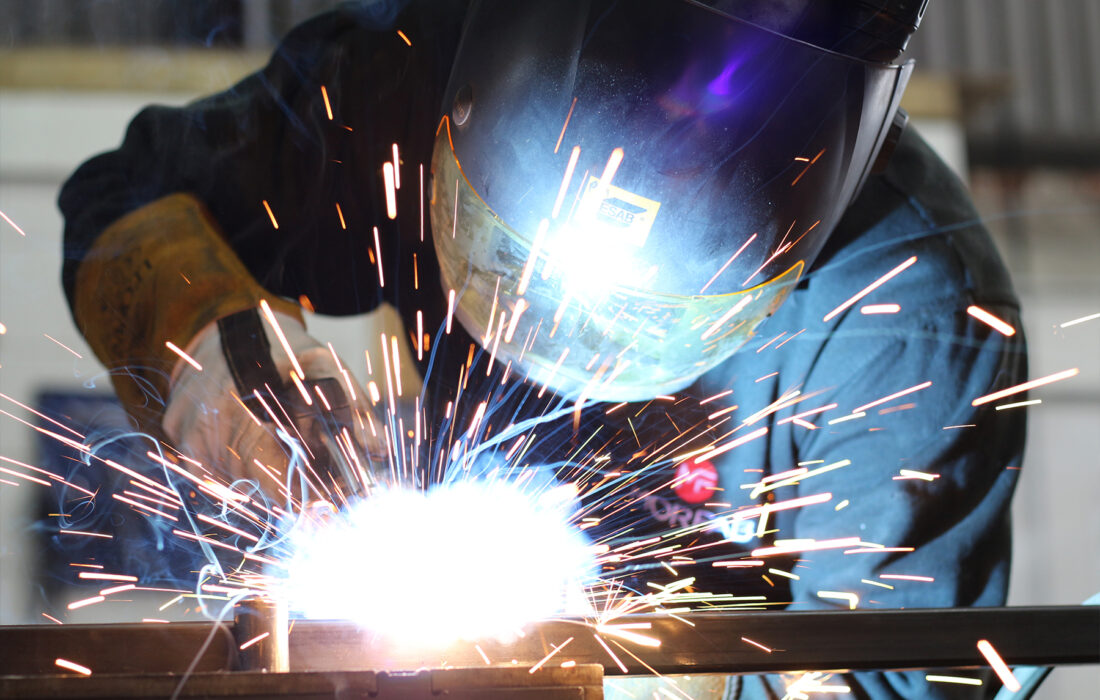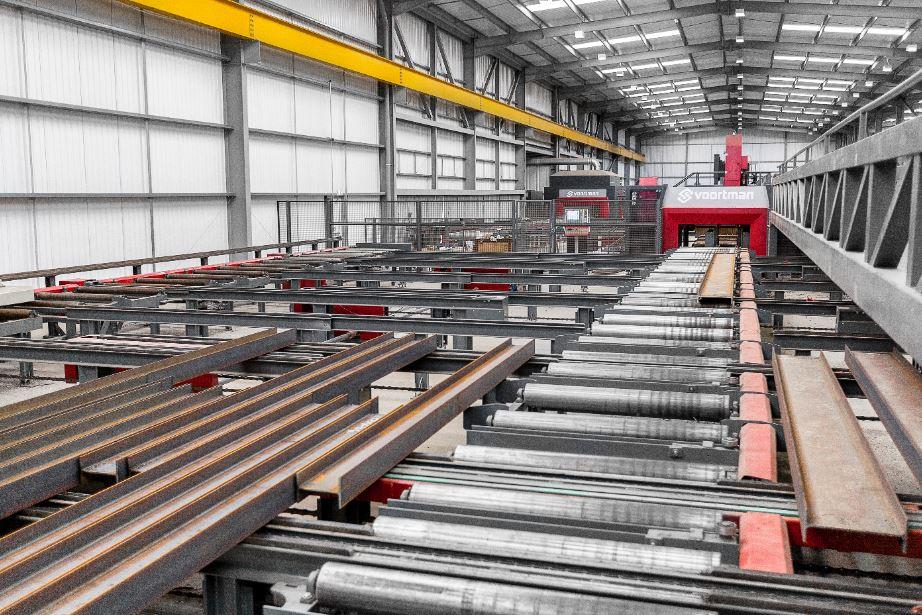Alpha Reo: Leading the Way in Reinforced Steel Solutions
Alpha Reo: Leading the Way in Reinforced Steel Solutions
Blog Article
Innovative Patterns in Steel Construction: Enhancing Longevity and Precision
In the realm of steel manufacture, the pursuit of durability and accuracy has brought about a wave of cutting-edge trends that are reshaping the sector. From developments in welding modern technologies to the integration of robotic automation in manufacture procedures, the landscape of steel manufacturing is developing rapidly. High-strength alloy development, coupled with the utilization of 3D modeling and simulation software, is pressing the limits of what is possible in regards to structural integrity and precision. The growing emphasis on sustainable methods in steel manufacturing is not only driving effectiveness however additionally cultivating a more environmentally mindful approach to fabrication. These patterns are not simply forming today yet likewise preparing for the future of steel construction, guaranteeing more enhancements in longevity and accuracy.
Advanced Welding Technologies
In the world of steel manufacture, the adoption of cutting-edge welding technologies has actually significantly reinvented the industry's method to attaining superior top quality and precision in architectural welds. Advanced welding innovations, such as laser beam welding and rubbing stir welding, have arised as game-changers in the area. By leveraging these innovative welding techniques, steel producers can boost the durability, toughness, and accuracy of their structural welds, meeting the significantly requiring requirements of modern-day construction projects.
Robotic Automation in Manufacture
Embracing robot automation has actually ended up being a cornerstone of modern steel manufacture methods, boosting and simplifying processes effectiveness across the market. Robotics are transforming the method steel parts are manufactured, supplying exceptional accuracy and rate while decreasing human mistake. These automated systems can manage recurring jobs with consistent accuracy, causing better output.
One secret benefit of robotic automation in steel construction is the ability to work around the clock without fatigue, considerably increasing manufacturing output. This continuous operation decreases downtime and accelerates project timelines, inevitably conserving prices for suppliers. Furthermore, robotics can be set to perform complex jobs that might be hazardous or challenging for human employees, improving security in the work environment.
Additionally, robotic automation allows smooth combination with other digital technologies, such as computer-aided style (CAD) software application and Internet of Points (IoT) systems (steel fixing). This interconnected approach enhances interaction between different stages of manufacture, optimizing operations and making certain real-time monitoring and control. As the steel manufacture industry proceeds to evolve, robot automation attracts attention as a transformative pressure driving effectiveness and precision in manufacturing procedures

High-Strength Alloy Development
The innovation of high-strength alloy advancement in steel fabrication is improving the market's strategy to enhancing material resilience and efficiency. High-strength alloys are crafted to show remarkable mechanical residential properties, such as boosted tensile strength, sturdiness, and deterioration resistance contrasted to traditional steel grades. By incorporating these innovative alloys into construction processes, makers can generate components that additional resources withstand higher stress and anxiety degrees and extreme environments, bring about even more long lasting and trustworthy end items.
One trick benefit of high-strength alloy growth is the capability to lower product thickness without jeopardizing structural stability. This not only results in lighter-weight components however also adds to cost savings and boosted efficiency in fabrication and assembly processes. The enhanced strength-to-weight proportion of these alloys permits for the style and building of frameworks with greater load-bearing capabilities while minimizing general weight.
3D Modeling and Simulation Software
Improvements in steel fabrication processes have been dramatically thrust by the assimilation of advanced 3D modeling and simulation software program devices. These devices permit fabricators to produce in-depth virtual designs of their jobs, enabling them to envision the end product with precision before any physical job starts. By imitating different tension factors, environmental problems, and architectural lots, producers can maximize layouts for improved toughness and efficiency. In addition, 3D modeling and simulation software program improve the manufacturing process by determining possible concerns at an early stage, minimizing the demand for expensive rework and reducing material waste.

Lasting Practices in Steel Production
Including sustainable methods right into steel production processes is crucial for lessening ecological influence and making sure lasting resource schedule. One vital sustainable technique is the fostering of energy-efficient innovations to minimize greenhouse gas exhausts throughout the steel production process. This includes making use of renewable resource sources, such as solar or wind power, to power steel plants and applying energy-efficient devices to optimize power use.
An additional critical element of sustainable steel production is the liable sourcing of basic materials. This entails making certain that the iron ore and other sources made use of in steelmaking are obtained from honest and eco-friendly sources. By promoting openness in the supply chain and sticking to strict environmental requirements, steel producers can lessen the adverse effects of resource removal on neighborhood ecosystems and neighborhoods.

Final Thought
Finally, the cutting-edge fads in steel manufacture such as innovative welding innovations, robot automation, high-strength alloy advancement, 3D modeling and simulation software, and lasting practices are boosting the toughness and precision of steel products. These advancements are changing the steel construction industry by boosting high quality, sustainability, and effectiveness. It is clear that the future of steel manufacture hinges on welcoming these cutting-edge modern technologies to meet the demands of contemporary building and production industries.
In the world of steel fabrication, the pursuit of site web toughness and accuracy has led to a wave of innovative patterns that are improving the market.In the world of steel construction, the fostering of innovative welding technologies has actually considerably transformed the market's strategy to achieving premium high quality and accuracy in structural welds. As the steel construction market proceeds to evolve, robotic automation stands out as a transformative force driving efficiency and accuracy in manufacturing processes.
Furthermore, recycling and recycling steel scrap and waste products play a considerable function in enhancing the sustainability of steel production. steel fixing.In final thought, the innovative fads in steel fabrication such as innovative welding technologies, robotic automation, high-strength alloy development, 3D modeling and simulation software, and sustainable techniques are improving the longevity and accuracy wikipedia reference of steel items
Report this page